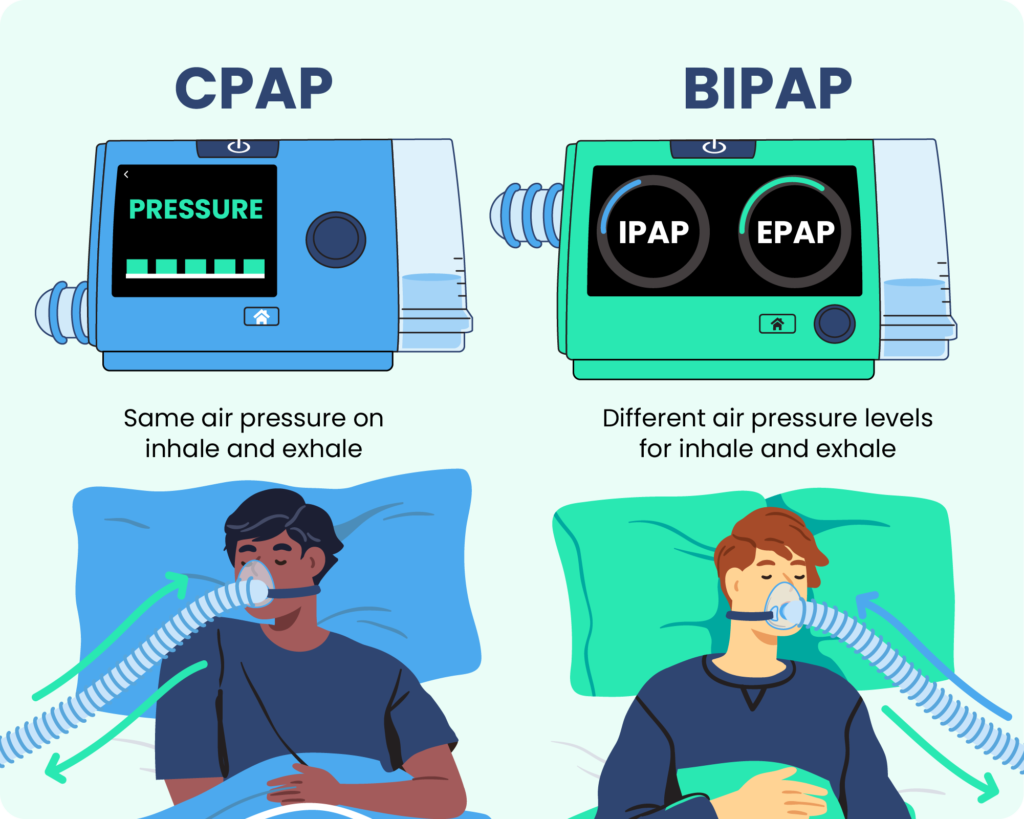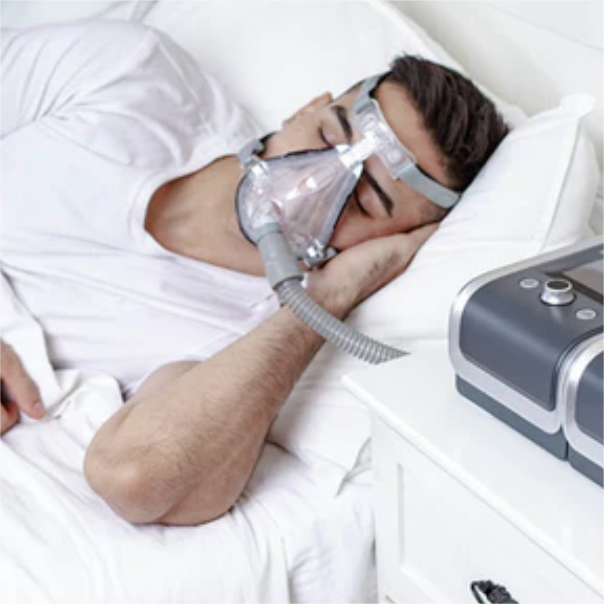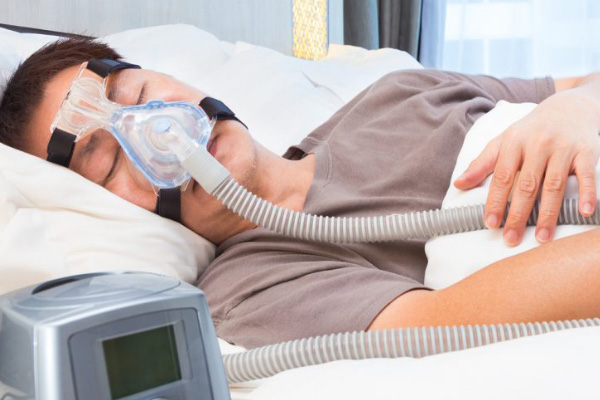Bipap vs. CPAP: Which Is the most effective for Your Sleep Condition?
When browsing the complexities of rest conditions, the option between BiPAP and CPAP treatment is an important factor to consider. While CPAP offers a consistent air movement appropriate for obstructive sleep apnea, BiPAP's twin stress setups might improve convenience for those with more elaborate respiratory issues.
Understanding Sleep Disorders
Rest disorders encompass a series of problems that interrupt typical rest patterns, affecting both the high quality and period of rest. These problems can show up in numerous types, consisting of sleeplessness, sleep apnea, narcolepsy, uneasy leg syndrome, and parasomnias. Each problem offers distinct difficulties, frequently causing significant daytime exhaustion, cognitive problems, and emotional disruptions.
Sleeplessness is identified by problem falling or remaining asleep, while sleep apnea includes duplicated interruptions in breathing throughout sleep, often causing fragmented rest. Narcolepsy, on the various other hand, is noted by too much daytime sleepiness and unexpected rest strikes. Uneasy leg disorder causes awkward sensations in the legs, motivating an irrepressible impulse to relocate them, which can likewise impede the capacity to drop off to sleep.
The influence of rest problems expands beyond specific health and wellness, affecting overall efficiency, connections, and lifestyle. Recognizing the certain nature of each disorder is critical for reliable medical diagnosis and therapy. As sleep health and wellness comes to be significantly recognized as an essential element of total wellness, dealing with these problems is vital for boosting both rest top quality and daily performance.
How CPAP Functions
Continuous Positive Respiratory Tract Stress (CPAP) treatment is often utilized as a primary therapy for obstructive sleep apnea (OSA) The device of CPAP entails using a machine that supplies a stable stream of air via a mask worn during rest. This air flow preserves positive pressure in the airway, avoiding the collapse or blockage of the throat that can happen throughout rest.
When a client takes in, the CPAP maker gives a continual flow of air, ensuring that the air passage continues to be open - BiPAP Rental. This not just reduces the signs and symptoms of OSA, such as snoring and interfered with sleep patterns, yet additionally reduces the affiliated wellness threats, consisting of cardiovascular issues and daytime fatigue
The stress settings on a CPAP machine can be tailored to fulfill private client requirements, often established with a rest research study. In general, CPAP treatment has been shown to considerably enhance the high quality of sleep and overall wellness for people experiencing from obstructive sleep apnea.
Just How BiPAP Works
BiPAP, or Bilevel Positive Airway Pressure, is a specialized kind of non-invasive ventilation that is specifically advantageous for clients with conditions such as complex rest apnea or breathing problems. Unlike CPAP, which delivers a constant stream of air at a solitary stress, BiPAP gives 2 distinctive pressure settings: a greater inspiratory stress for inhalation and a reduced expiratory stress for exhalation. This dual-pressure technique permits less complicated breathing, minimizing the effort needed throughout exhalation.
The device runs via a mask fitted over the nose or mouth, attached to a device that produces atmospheric pressure. When the patient inhales, the maker delivers the greater pressure to aid with airflow, making sure that the airway continues to be open. Upon exhalation, the device automatically decreases the stress, making it more comfortable for the client to take a breath out.

Secret Distinctions Between BiPAP and CPAP

On the other hand, BiPAP (Bilevel Favorable Airway Stress) offers 2 various pressure settings: one for inhalation and a lower one for exhalation. This double pressure system enables even more comfy breathing, specifically for individuals who fight with breathing out versus a continuous pressure. BiPAP is often advised for people with complicated sleep apnea, persistent obstructive lung disease (COPD), or those who call for extra support during sleep.
Additionally, the complexity of BiPAP devices generally causes a higher price and requires extra careful titration than CPAP. BiPAP Rental. Understanding these key distinctions can help in identifying which device may be preferable for details sleep disorders, setting the groundwork for informed therapy decisions
Selecting the Right Therapy
How can one establish one of the most ideal treatment for managing rest disorders? The decision between BiPAP and CPAP therapy mainly hinges on the specific characteristics of the Click Here sleep problem, the person's general health, and their convenience with the device. CPAP, which provides a continual stream of air, is commonly recommended for obstructive sleep apnea (OSA) It keeps an open air passage during rest, successfully protecting against hypopneas and apneas.
On the other hand, BiPAP supplies 2 degrees of stress: one for inhalation and a lower one for exhalation. This double pressure system is advantageous for clients with intricate rest apnea or those who experience problem breathing out versus a constant pressure. Furthermore, BiPAP is commonly recommended for people with respiratory conditions, such as persistent obstructive lung illness (COPD), where differing pressure setups can boost comfort and conformity.
Ultimately, a thorough assessment by a sleep professional, consisting of a rest study, can assist determine which therapy aligns finest with the individual's needs. Aspects such as convenience, ease of use, and details clinical problems need to additionally be taken into factor to consider to optimize treatment end results.
Verdict
In recap, both BiPAP and CPAP offer distinct functions in the monitoring of rest conditions. CPAP is effective for obstructive rest apnea with constant air movement, while BiPAP provides twin pressure setups that improve convenience for those with complicated sleep apnea or respiratory system concerns. The choice between these therapies need to be assisted by specific demands and problems, requiring an extensive examination by a rest professional to ensure optimal treatment outcomes and boosted top quality Visit This Link of rest.

Generally, CPAP treatment has actually been revealed to significantly boost the quality of rest and total health for people experiencing from obstructive rest apnea.
BiPAP is often suggested for individuals with complex rest apnea, persistent obstructive pulmonary illness (COPD), or those who require additional assistance throughout sleep.
CPAP is reliable for obstructive rest apnea with consistent air flow, while BiPAP supplies twin stress setups that boost convenience for those with complicated sleep apnea or breathing concerns.